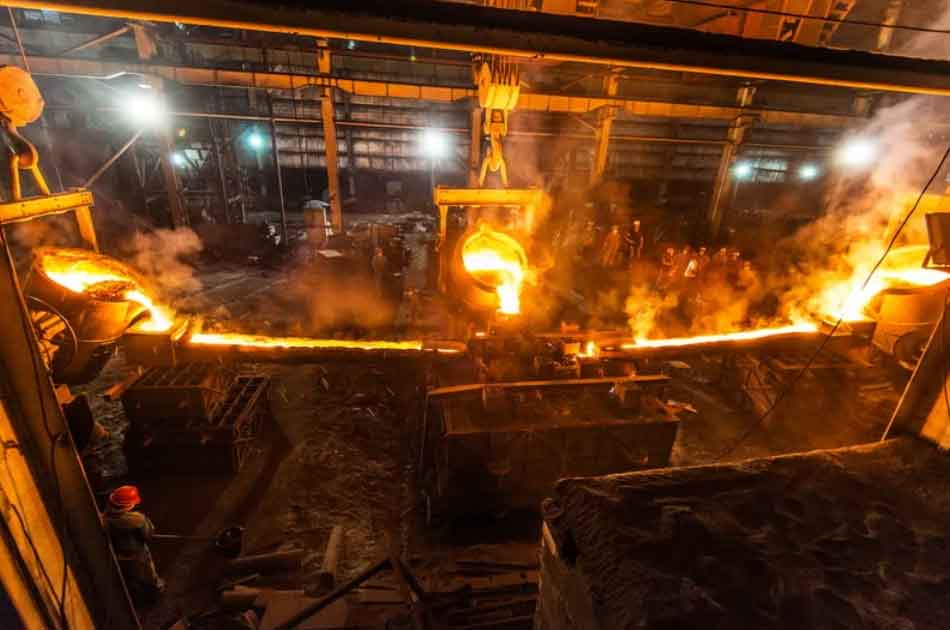The non-metallic inclusions in molten steel during smelting and pouring are one of the important causes of cracks in steel castings. The research shows that non-metallic inclusions dissolve or exist alone in liquid steel at high temperature. With the decrease of temperature, these inclusions will gradually segregate on the grain boundary, become the micro unit that cuts off the connection of cast steel matrix and form the initial source of crack. Therefore, the existence of non-metallic inclusions will significantly reduce the comprehensive mechanical properties of cast steel, including its strength, toughness, fatigue resistance and plasticity. In addition, due to the significant potential difference between the non-metallic inclusions and the cast steel matrix, the existence of these inclusions makes a large number of corrosive galvanic cells form in the cast steel, resulting in serious pitting corrosion at the inclusion part of the cast steel, which reduces the corrosion resistance of the cast steel. Therefore, the non-metallic inclusions in steel castings have a significant impact on their service properties, and corresponding measures often need to be taken to control them.
From the perspective of chemical composition, the common non-metallic inclusions in steel castings mainly include oxides, sulfides, nitrides and so on. MNS inclusion defect is the most common sulfide inclusion defect in steel castings, which will strongly weaken the mechanical properties of steel castings. Many cast steel products are affected by such inclusion defects. Clarifying the formation mechanism of such inclusion defects is of great practical significance for enterprises to take corresponding measures to prevent the formation of such inclusion defects. Therefore, OM, SEM and EDX (energy dispersive X-ray spectrometer) were used to observe and analyze the micro morphological characteristics and composition of MNS inclusion defects in a cast steel product. Combined with the observation and analysis results, the morphological characteristics and formation mechanism of MNS inclusion defects were studied.
The morphology and chemical composition of two kinds of MNS inclusions observed in steel castings were characterized and analyzed, and the formation mechanism of MNS inclusions was discussed combined with literature reports. The observation and analysis show that the two MNS inclusion defects observed in the steel castings are class I sulfide, spherical and disorderly distributed in the steel casting matrix. Such MNS inclusion defects are gradually formed by heterogeneous nucleation and growth on the surface of oxidized inclusions. The formation process begins with the precipitation of MNs in the oxide, and the MNS precipitated in the oxide becomes the crystal nucleus for the continuous growth of MNS inclusions, while the Mn and S elements required for the continuous growth of MNS inclusions come from the Mn and S elements dissolved in liquid steel.

